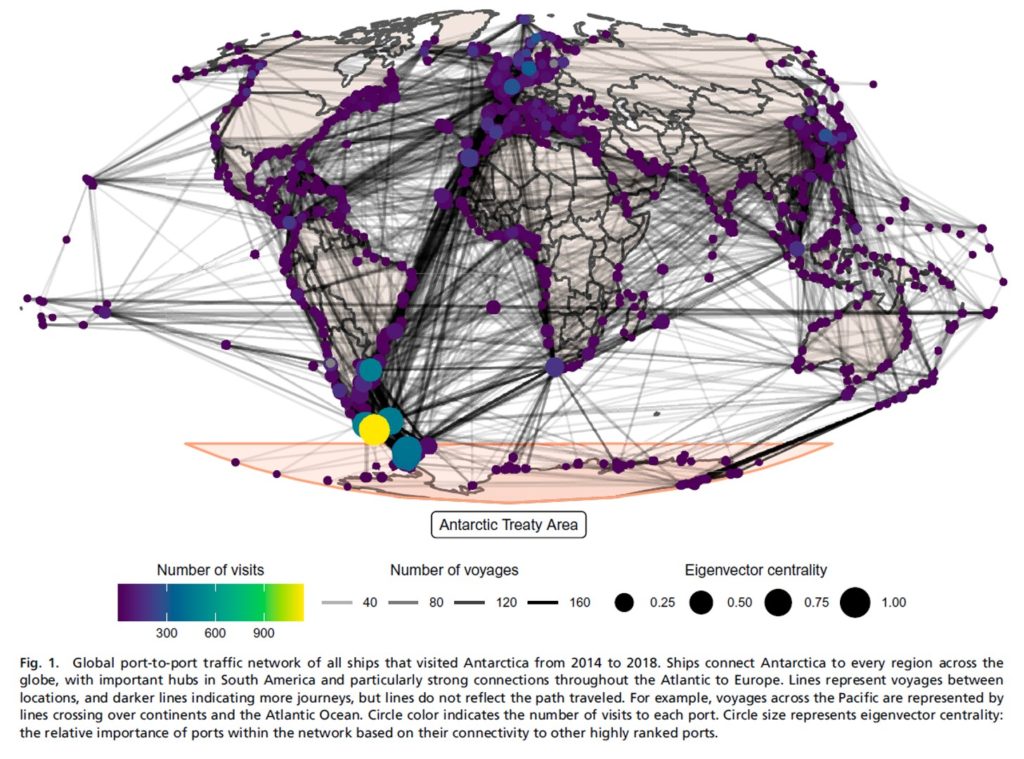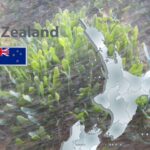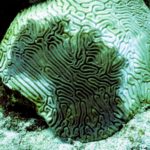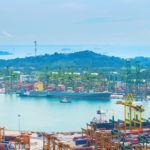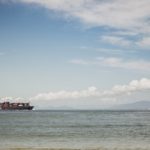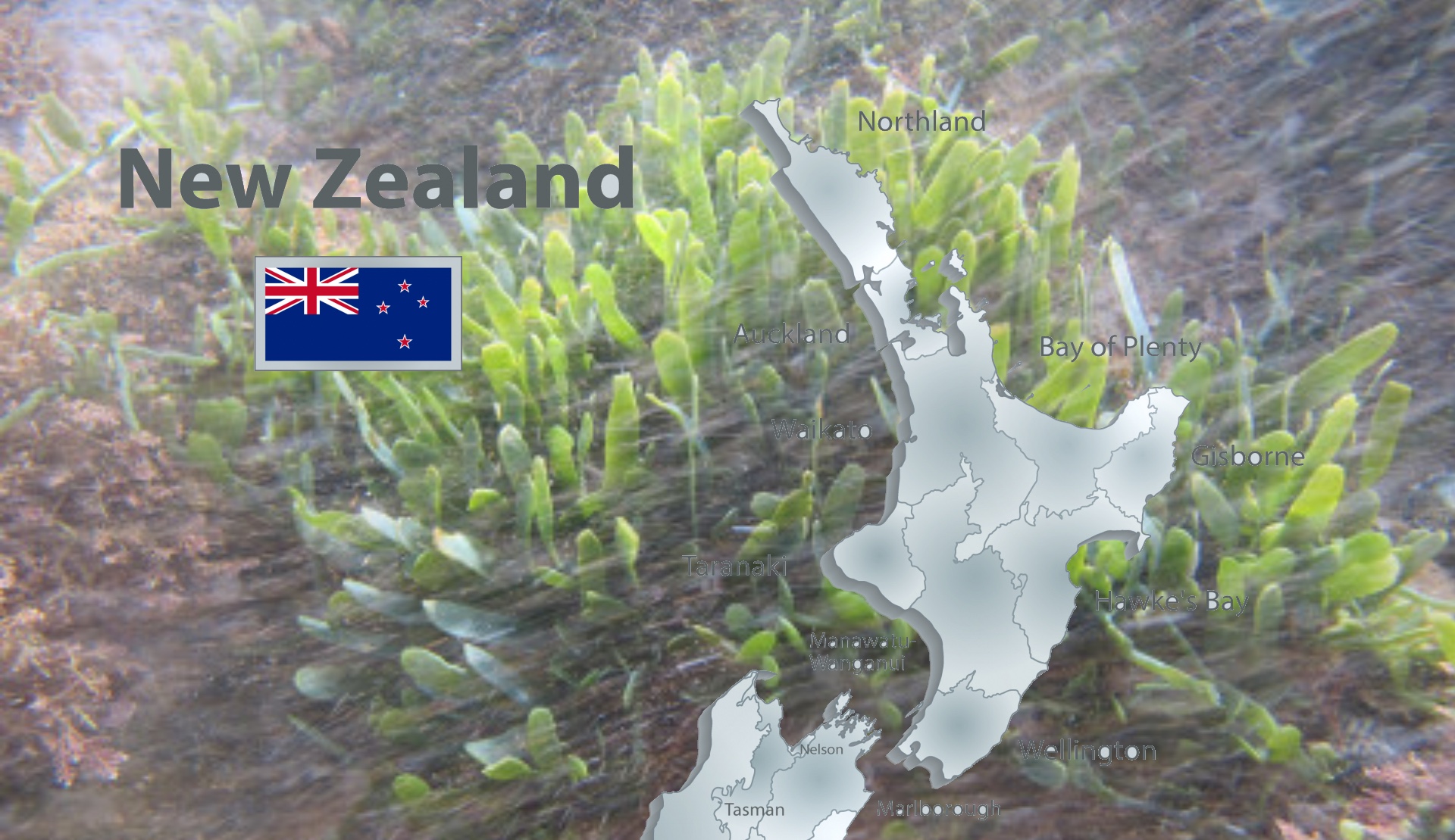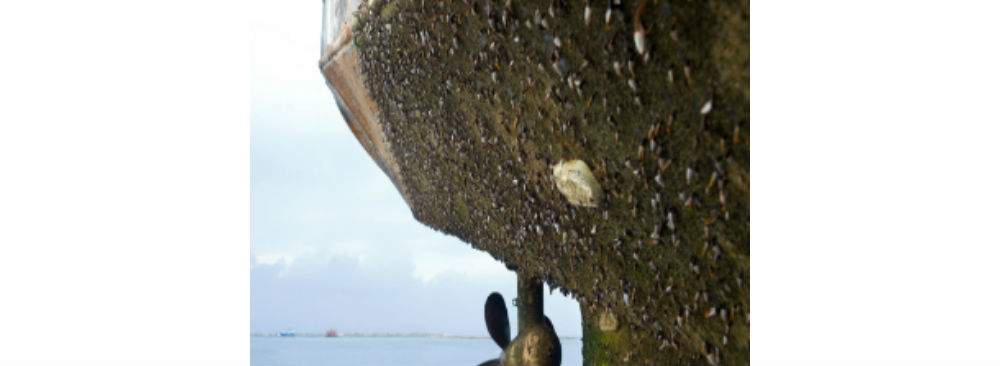New research has identified increased polar traffic bringing risks from biofouling to sensitive waters
For up to 30 million years Antarctica and the Southern Ocean have been isolated from the rest of the world by ocean currents that prevented the ingress of marine species into what has become a unique ecosystem in what are extreme environmental conditions. The marine flora and fauna in the Antarctic region are therefore unique, but vulnerable to invasive species according to scientists who are increasingly worried about the risks from shipping.
Incidents of invasive species in the word are increasing, with biofouling, ballast water and other anthropic vectors being blamed. Natural invasions through rafting on seaweed, marine debris or from being attached to large animals (whales) do happen globally, however the nature of the circulating currents above the Antarctic region mean that such often take months to happen, with sea ice and the cold hampering these so-called vectors.
Ships however pass through this natural barrier in days if not hours, and often head for a a few key areas increasing pressure on those Antarctic regions. Research has also shown that the impact of climate change on sea temperatures may also start to make such invasions not only happen more frequently, but result in a successful colony occurring. Warming seas have also resulted in more shipping in the region.
While research from scientist has been ongoing for a while, a recent paper where the destination and origins of ships coming into the Antarctic has highlighted how these vessels come from an increased number of departure ports and pass through more areas of the Antarctic waters. Expedition cruise ships, fishing vessels and even research ships are threatening the Antarctic because of biofouling on their hulls.
A research paper from the UK’s British Antarctic Survey (BAS) and the University of Cambridge has identified how ships are threatening the Antarctic’s unique biodiversity as invasive species attached to ships are being taken into the region.
“Antarctica, an isolated and long considered pristine wilderness, is becoming increasingly exposed to the negative effects of ship-borne human activity, and especially the introduction of invasive species,” the authors write. “We show that vessels traverse Antarctica’s isolating natural barriers, connecting it directly via an extensive network of ship activity to all global regions, especially South Atlantic and European ports.”
Lead author for the paper is Arlie McCarthy, a researcher in the University of Cambridge’s Department of Zoology and British Antarctic Survey says that at the moment there are no invasive marine species in Antarctica. There are not even any known populations of non-native marine species but research has shown that the risks of h it happening are growing.
The paper points to some vessels that have been on voyages in the Antarctic being surveyed, and species found on their hulls are found in the temperate regions where those ships are primarily active.
In email answers to Fathom.World McCarthy said that there is a clear belief that that the cold environment in Antarctica is one of the reasons that species have not yet been able to establish themselves. However, parts of Antarctica are warming rapidly, and these coincide with the areas that also have the highest ship traffic. So climate change will probably have a strong influence in whether invasive species can establish in Antarctica in the future.
The problem is becoming worse because in recent years vessels are coming from a number of different ports to the Antarctic Ocean rather than the five Antarctic Gateway Cities “Cape Town (South Africa), Christchurch (New Zealand), Hobart (Australia), Punta Arenas (Chile) and Ushuaia (Argentina)
The authors say they used AIS traffic data to see that between 2014 and 2018 ships were seen to leave directly for the Antarctic from 53 different ports, from 23 different countries, and BAS said that researchers have identified 1,581 ports with links to the Antarctic.
They list mussels, barnacles, crabs and algae as being able to invade the Antarctic having been able to attach themselves to ships hulls.
The main destination of most vessels is the Antarctic Peninsula.
“The species that grow on the hull of a ship are determined by where it has been. We found that fishing boats operating in Antarctic waters visit quite a restricted network of ports, but the tourist and supply ships travel across the world.
“We were surprised to find that Antarctica is much more globally connected than was previously thought. Our results show that biosecurity measures need to be implemented at a wider range of locations than they currently are. There are strict regulations in place for preventing non-native species getting into Antarctica, but the success of these relies on having the information to inform management decisions. We hope our findings will improve the ability to detect invasive species before they become a problem.”
The problem can even be to the extent that species are traveling from Pole to Pole, where both regions have very unique and fragile biospheres. The report includes assessment of mitigation measures that can be implemented and regions of high vulnerability in the Antarctic where monitoring programs for high-risk invaders should be established.
Despite the wide range of departure ports identified, the paper notes that the majority of ship visits to the south polar region (south of 60 degrees south) have as a last port of call before entering the region as one of the key gateway city ports in nations that are consultative parties to the Antarctic Treaty.
The paper concludes with a suggestion that this could be an avenue to strengthen co cooperation to increase mitigation measures.
Under the Antarctic Treaty System there is an Environmental Protocol specifically prohibiting the introduction of non-native species without a permit. The Protocol is implemented with a Committee of Environmental Protection which also has guidance on ballast water exchange before entering the Antarctic, and could be a platform through which decisions can be made on the nature and implementation of any biofouling guidelines.
























